Vortex Spencer single-stage regenerative blowers are high-performance machines used in many industrial, commercial, municipal and institutional settings that require efficient movement of air and/or gas. With a high degree of application flexibility and low level of noise and heat generation, regenerative single stage blowers are valued for their ability to move large quantities of air in a non-positive displacement fashion.
Instead of using positive displacement to force the movement of air, a regenerative blower relies on the simplicity of its design to move air over its rotating blades and out through its exit port. Typically, small and requiring little maintenance, this style of blower is widely used in settings that need a consistent rate of air flow to remove contaminants like smoke, vapors and dust.
FEATURES
- Compactness:A single stage blower powered by a C-faced motor — all in a small package with aluminum castings to reduce size and weight.
- Performance: These blowers have an outstanding performance range — they’re capable of volumes up to 645 SCFM, vacuum ratings to 104” H2O and pressures rated to 108” H2O.
- Reliability: Using well-built components, high-strength impellers and housings, sealed bearings and double lipped elastomeric shaft seals, these blowers are made for a long, trouble-free operational life.
- Oil-free and Quiet: These regenerative blowers feature oil-free air delivery suited for healthcare, scientific and sensitive electronics settings. Plus, our unique annular chamber reduces noise while facilitating a smooth laminar airflow. Our impeller and Vortex designs produce far less noise than paddle wheel constructions.
- Flexibility: All Vortex blowers come with a patented unique inlet/discharge flange — U.S. Patent 5,791,870 — that allows you to reverse the flange to make either tube stub or threaded connections depending on your needs. Moreover, these blowers are available in a variety of voltages, and you can choose between TEFC or explosion-proof motors.
- Sample Applications: Printing, food and chemical processing, textile, metalworking, waste treatment, environmental protection, aquaculture, business machine and medical equipment. These are some typical uses involving holding, carrying, evacuating, transferring, aerating and ventilating.
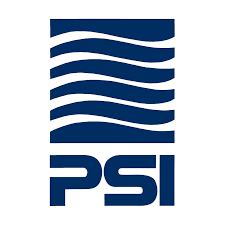 PSI Prolew
PSI Prolew
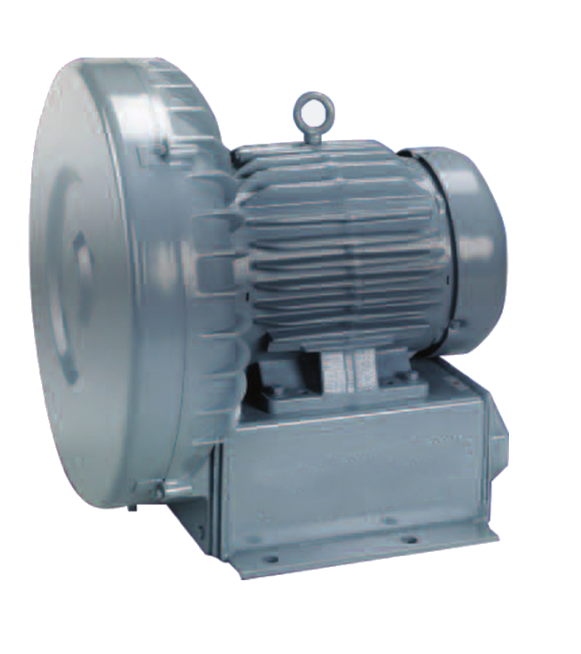
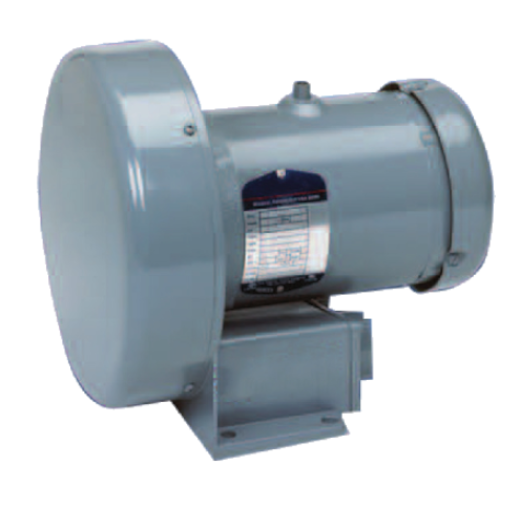
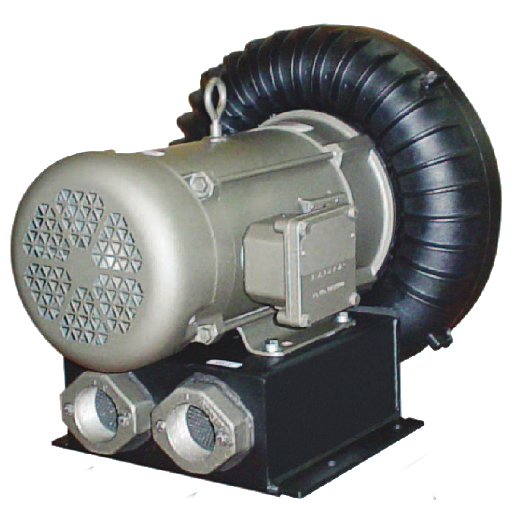
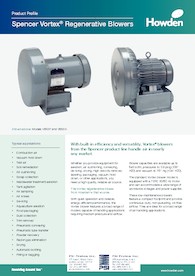 Download printable datasheet
Download printable datasheet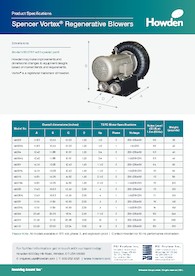 Download printable datasheet
Download printable datasheet